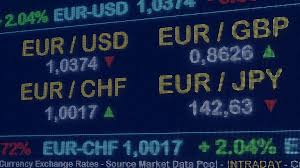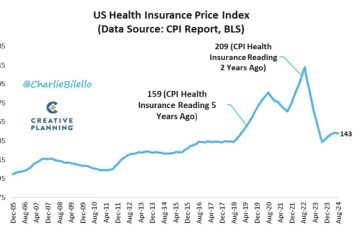The Dynamics of Exchange Rates: An Overview for 2023

Introduction
The concept of exchange rates is crucial in today’s globalised economy, affecting international trade, investments, and economic policies. As nations navigate fluctuating currencies, understanding exchange rates has become increasingly important for businesses, governments, and individuals alike. Recent volatility in exchange rates in 2023 has drawn attention, making it essential to examine the factors influencing these changes and their broader implications.
Current Exchange Rate Trends
As of October 2023, various currencies are experiencing significant fluctuations due to a range of factors including inflation, interest rate changes, and geopolitical events. For instance, the UK Pound has seen a decline against the US Dollar, attributed to the Bank of England’s interest rate decisions and concerns over potential recession impacts. Analysts estimate that the exchange rate of GBP to USD has fluctuated between 1.20 and 1.25 this year, causing implications for import prices and travel costs.
Key Influences on Exchange Rates
Several key factors influence exchange rate volatility:
- Monetary Policy: Central banks play a crucial role in determining currency value through interest rates and quantitative easing policies. A rise or fall in interest rates can make a currency more or less attractive to investors, thus impacting its exchange rate.
- Economic Indicators: Data such as GDP growth, employment rates, and consumer spending provide insights into the economic health of a nation. Strong economic performance typically strengthens a currency, while economic downturns can weaken it.
- Global Events: Political instability, conflicts, and changes in trade agreements can cause swift changes in exchange rates. For example, the ongoing conflict in Eastern Europe has affected not only local currencies but also the Euro and the Great British Pound due to broader economic anxieties.
- Market Speculation: Sentiment and speculation among traders can also lead to unexpected currency movements, often driven by news events or economic forecasts.
Conclusion
The state of exchange rates is a reflection of a complex interplay between economic conditions, government policies, and global events. For consumers and businesses alike, understanding these dynamics is crucial for making informed financial decisions. Looking ahead, analysts suggest that if inflation continues to rise without concerted action from central banks, we might see even more pronounced fluctuations in exchange rates. As we progress through 2023, stakeholders should stay attuned to these developments to better navigate the evolving financial landscape.









